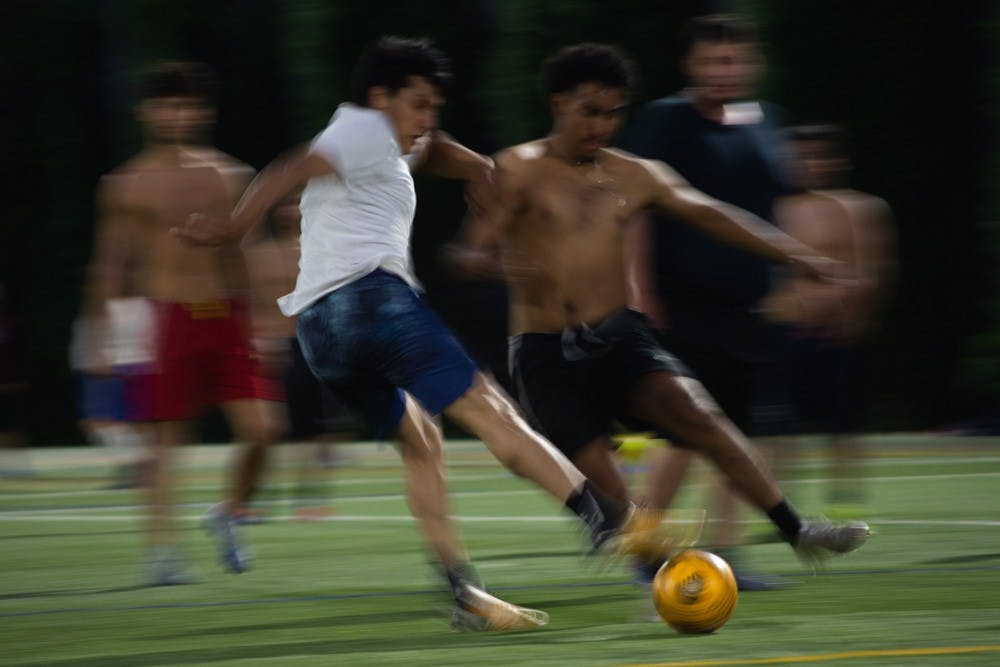Youth sports are a cornerstone of the childhood of millions. Love them or hate them, youth sports have a largely positive impact on those who choose to participate.
Unfortunately, the club model that has overtaken youth sports makes some of them pay to play. This model hurts youth sports in several ways that need to be addressed immediately.
There is always a cost of participating in anything, especially youth sports. But today, the cost is well beyond what most can afford. Here in the Triangle, one elite soccer club costs almost $2,000 per player, per season — or nearly $4,000 a year. This is only club fees, which does not include transportation, gear, uniforms or the opportunity cost of time spent.
There is also inherently a racial barrier that is ingrained in the cost to play. High costs typically exclude minorities, who, on average, have a lower household income than white people. The decreased income can also account for the lack of time to play sports, since parents who work more to pay the bills may not have the time to transport their child to sports.
This leads to the breakdown of cheaper youth sports options, such as city recreation. These programs see a decrease in participation as better players leave, resources wear down and funding dries up.
The breakdown of the cheaper options leads to a decline in participation, as many cannot afford to participate any longer. Those that can still participate have to stretch their wallets to the limit to allow their child to play sports. In these situations, unforeseen expenses could force the family to choose between youth sports and medical bills.
The decline in sports participation is a unique problem due to the positive impact that sports have on children, especially in the long term, with health and social benefits.
There are positive long-term health impacts associated with youth sports participation. Participation in sports as a child leads to a decrease in the likelihood of obesity, heart disease, cancer and diabetes. Student-athletes are also less likely to smoke, use drugs and have risky sex — all of which are potential health hazards.
There is also the possibility for positive social impacts from participating in youth sports. There are ties between sports participation as a child and desirable social skills such as leadership, teamwork and discipline. These skills are desirable in a school and work setting, which leads to those who have those skills being seen as more desirable students and workers.



